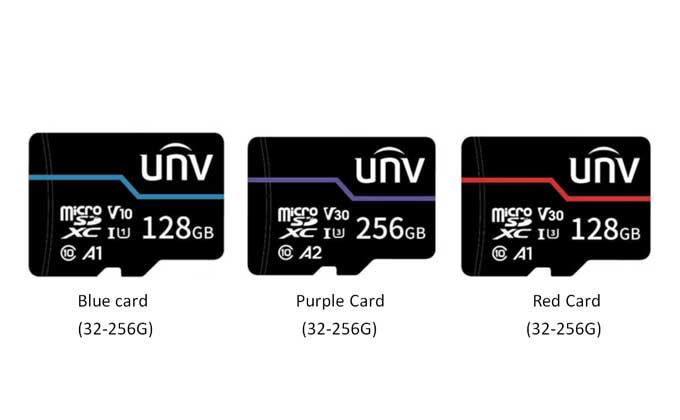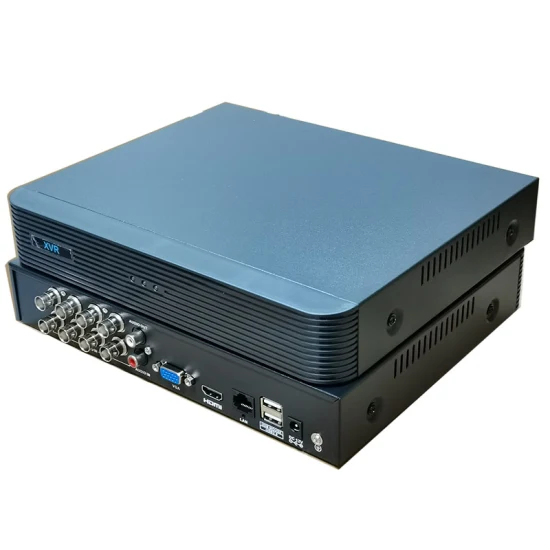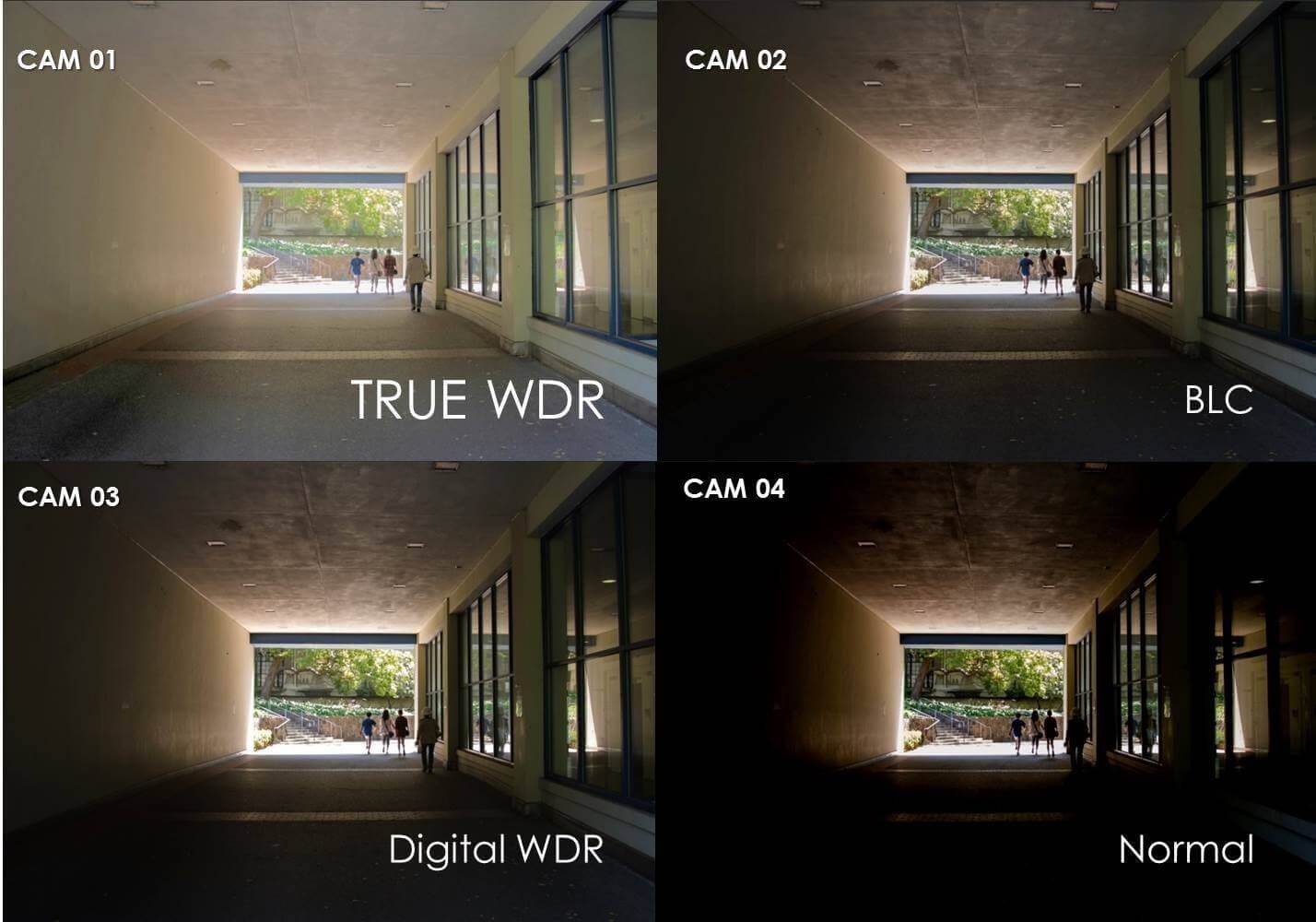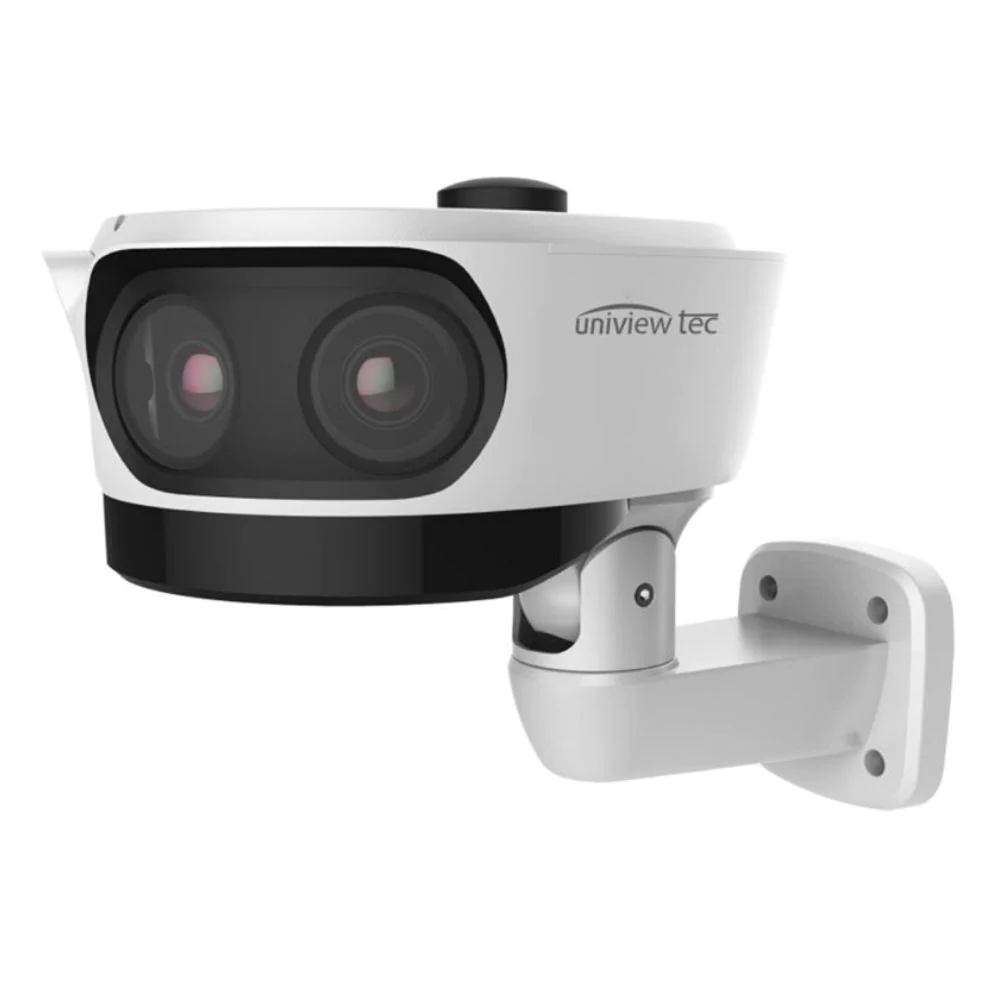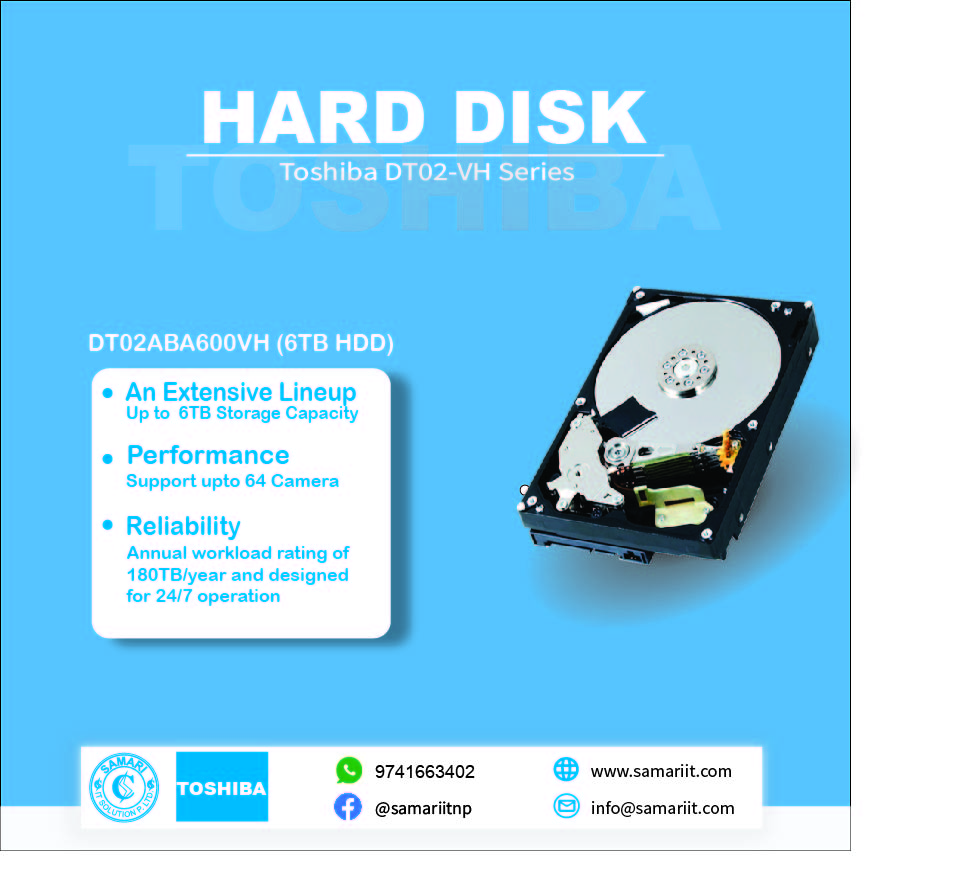PoE Switch
A Power over Ethernet (PoE) switch is a network switch that can deliver electrical power along with data over Ethernet cables. This eliminates the need for separate power supplies for devices like VoIP phones, IP cameras, and wireless access points, simplifying installation and reducing costs.
How PoE switches work:
PoE switches use the same RJ45 Ethernet cables that carry data to deliver power. The switch detects when a PoE-compatible device is connected and provides the appropriate amount of power, typically 15.4 watts (W) for PoE (IEEE 802.3af) or 30W for PoE+ (IEEE 802.3at).
Benefits of using PoE switches:
- Simplified installation: No need to run separate power cables for devices, which can save time and money.
- Increased flexibility: Devices can be installed in locations where power outlets are not available.
- Reduced costs: Eliminates the need for separate power supplies.
- Improved reliability: PoE switches typically have built-in overload and short-circuit protection.
Types of PoE switches:
There are two main types of PoE switches:
- Managed PoE switches: These switches offer more advanced features, such as the ability to configure the amount of power delivered to each port, prioritize traffic, and monitor the health of connected devices.
- Unmanaged PoE switches: These switches are more basic and offer fewer features, but they are also less expensive.
Choosing the right PoE switch:
When choosing a PoE switch, consider the following factors:
- The number of PoE ports you need: Make sure the switch has enough ports for all of your PoE devices.
- The type of PoE you need: Choose a switch that supports the type of PoE (e.g., PoE, PoE+) that your devices require.
- The power budget: Make sure the switch has enough power to supply all of your devices.
- The features you need: Decide whether you need a managed or unmanaged switch, and what other features are important to you.






